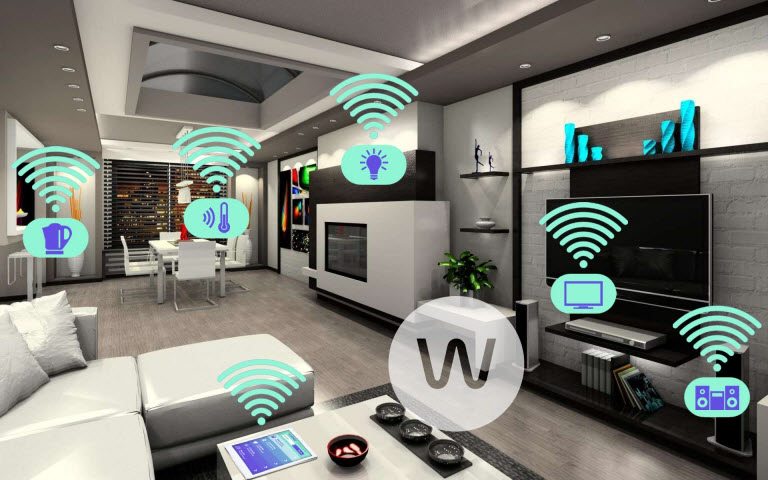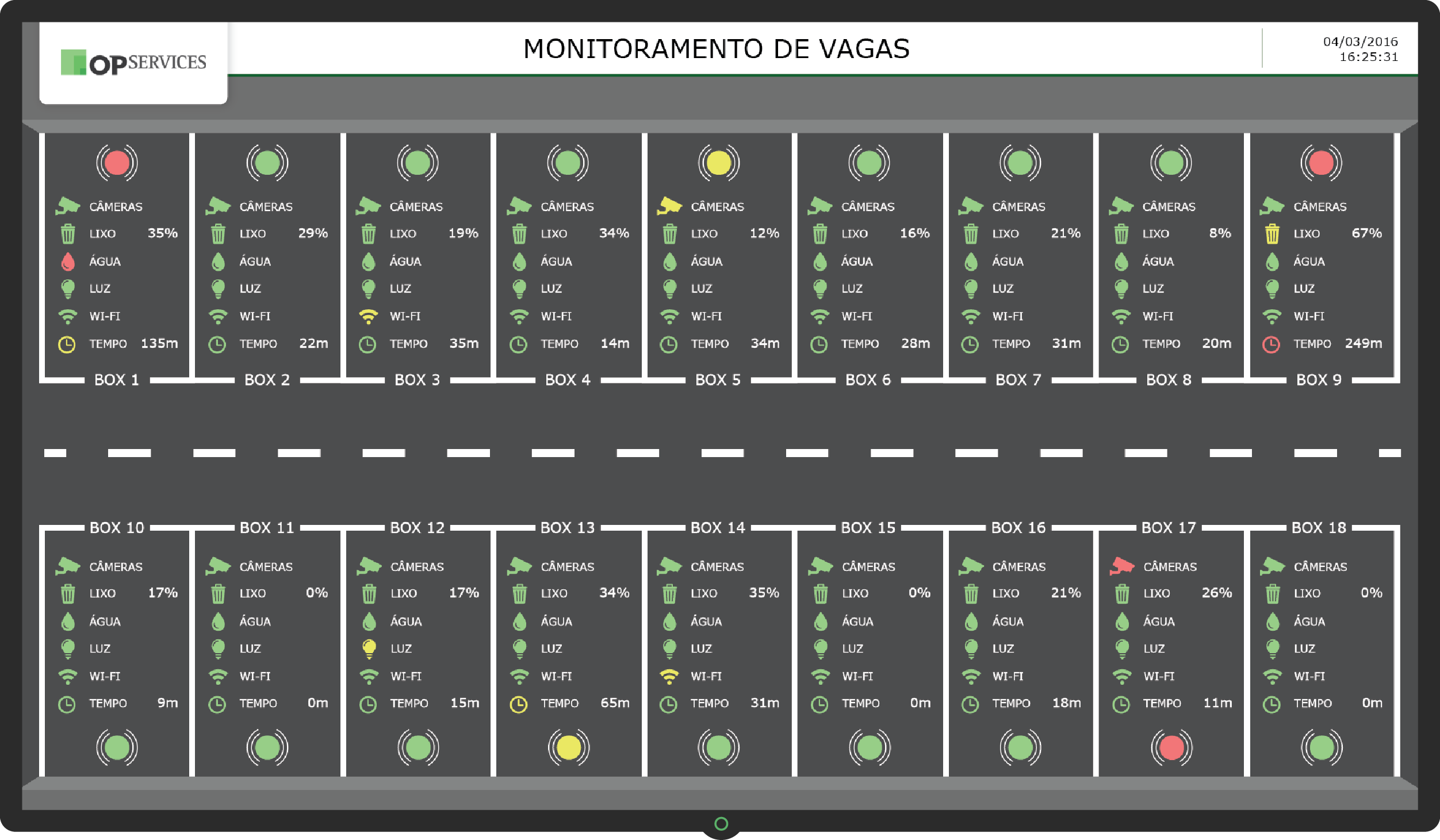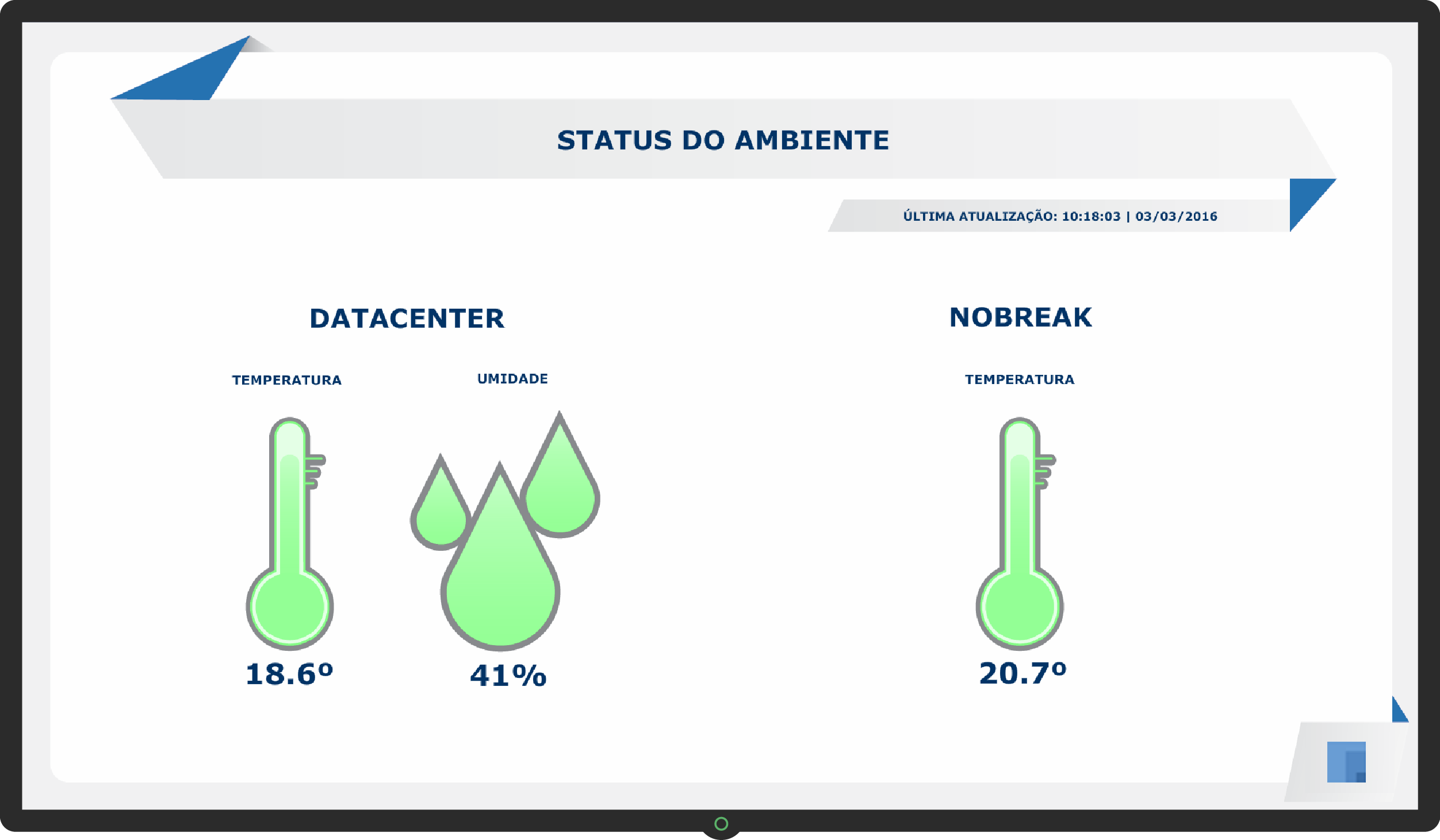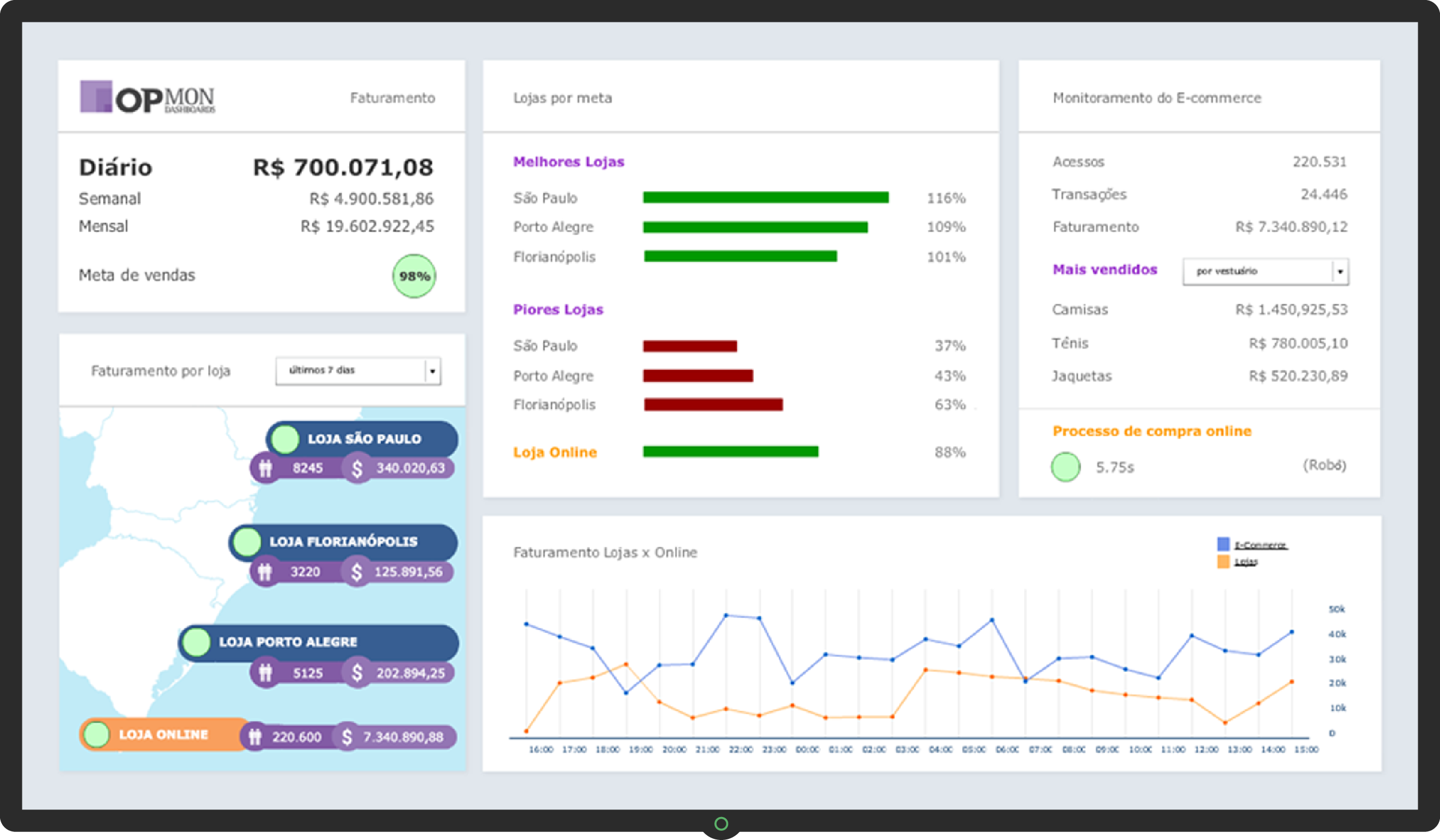Discover how the Internet of Things (IoT) will improve the efficiency of your business, not as a trend but turning into reality
Making decisions based on real-time indicators has become a common practice in mature markets, as the American and European ones. However, in Brazil, this process is still in the beginning precisely because of the difficulty of integrating different systems and technology parks with an ecosystem of quite heterogeneous applications. A few years ago we talked about the internet of things (IoT), but only now companies have low cost technology to actually put this concept into operation and generate increased operational efficiency. So it is only now that it is becoming a reality for technological investment-oriented companies. Today, for example, it is possible to buy sensors that connect a “thing” to the internet from USD 1.50, made in China. The sensor with Wi-Fi connection can send usage information, resource availability or any other data important to be managed to the other system.
…but what does the Internet of Things have to do with it?
The applications of the Internet of Things are still uncertain, but they will change the way we do business and we connect with our customers and suppliers.
The Internet of Things faces the same difficulties of all the technology that appears as a technological trend, but that requires maturation of market for its large-scale adoption. Over the last two years, mainly, several applications of Internet of Things began to emerge within mature technology markets, such as the Business Process Management (BPM), Network and Systems Management (NSM), Business Activity Monitoring (BAM), the integration between applications, among others.
Evolution of technology
The evolution of technology and cost reduction of sensors and Arduino equipment have boosted the adoption of the Internet of Things from a non-prohibitive investment. Arduino is a set of open source electronic prototyping tools aimed at making the creation of electronic devices and sensors easier. It can be especially useful in automating your business processes. It is also possible to create prototypes that allow the communication of things: from manufacturing machines to the full office integration (lights, appliances, air conditioning, etc.) with the Internet.
In this video by Telefônica it is possible to view several applications of the Internet of Things to make life easier for consumers and for daily business operations:
Through OpServices experience with business process monitoring and viewing data for business intelligence and integration between applications, we can list some applications of the Internet of Things to generate data with guidance to decision-making:
1. Control of resources available to customers
In a project for one of our customers, we were asked to create a business view oriented to the decision making that would control the resources available in a truck rest stop, with 18 vacancies. The infrastructure was controlled by sensors to measure: operation of surveillance cameras, capacity of the trash cans, water flow, use of lamps, Wi-Fi access and time of ‘stay’ of each truck. Check the dashboard below to understand how it was controlled:
Click to enlarge the image!
2. Sensors in the datacenter
The temperature and humidity meters are an example already consolidated of Internet of Things in IT environments. Both the sensors constructed from Arduino as the ones marketed by the market for a specific purpose have been widely used to control the temperature and humidity of datacenters. These sensors are integrated into network monitoring tools and systems and, if its temperature exceeds 75 degrees Fahrenheit or 70% humidity, for example, alerts are generated for taking corrective actions. These alerts may indicate that the air conditioners are not working, putting at risk the integrity of the allocated servers in the datacenter.
clique para ampliar a imagem!
>> Technical explanation about its operation >> As previously explained in a post, the implementation could use a DHT11 temperature and humidity sensor and a 4-bit led display to view the values collected and the status of the service. Whereas the communication and the power of the circuit could be made by USB port of a computer connected to the network.
For each monitoring cycle Arduino performs a serial communication through the USB port, sending the result which was collected on the sensor to networked equipment that will pass this output to the server of the monitoring tool using passive checks (nsca). The implementation can use an intermediate server. However, with the use of an Ethernet “shield” and a few lines of programming, Arduino itself could send the data to the monitoring server.
3. Finding out the amount of people that come into the stores
Motion sensors that can count the number of people who have been to a certain store can be an ally to a good retail management. The counting of customers + the store sales revenue information can generate useful information for a better management of the stores. Companies could monitor the effectiveness of marketing campaigns, merchandising, price changes, among other indicators.
In this case there is a clear alignment between IT and business, with a consequent efficiency gain based on real-time information.
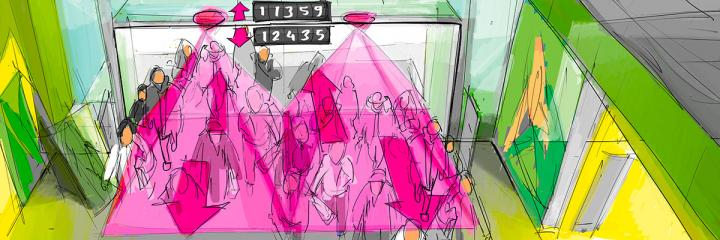
>> Technical explanation about its operation >> Using an ultrasonic sensor integrated with a Raspberry PI plate it is possible to create a prototype to count people. This sensor calculates the person’s distance in relation to a wall through the emission of a sound, inaudible to the human ear that hits a wall and comes back. When the distance between the sensor and the wall decreases, one person is added to the counter. In addition, it is possible to record the date and time that each person passed by the sensor. In this example below, we have created a dashboard that makes a cross reference with business information: sales revenue of stores x numbers of visitors!
Click to enlarge the image!
4. Performance monitoring of industrial equipment
Many of the new industrial equipment already come as a factory default setting with technological kits aimed at sending information across the network for the monitoring of their use. However, most of the older equipment does not have any kind of internet connection or IP, which would allow it to measure: usage rate, sending notifications in case of problems, sending reports on the management of resources or the possibility, for example, to automate purchase orders from the information of the equipment with business activities monitoring platforms.
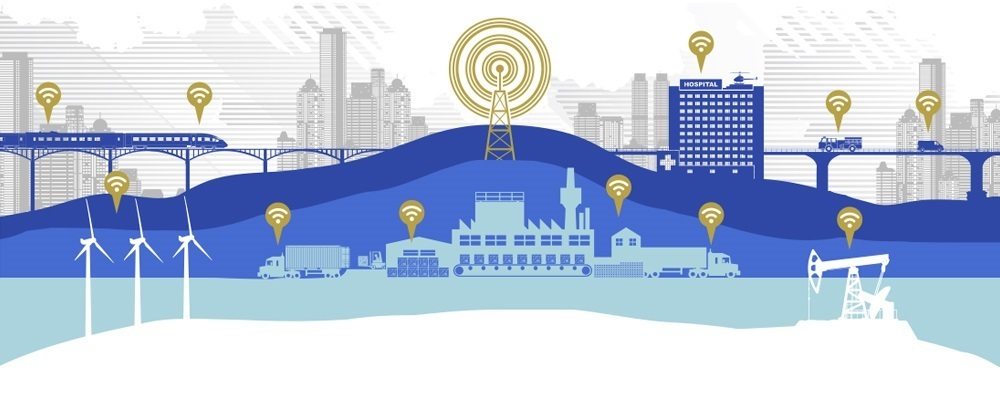
5. Energy consumption control
Recent increases in the cost of energy have had a great impact on companies over the last year, mainly in the industrial sector. The control of energy consumption was already becoming a concern of companies, also driven by consumers who demand that companies generate less environmental impact. The possibility of putting sensors in all energy-using equipment is an advantage for the energy cost of all the technologies used by the company.
Other applications
There are several other applications that use Internet of Things with great impact on the business market. Not only in the area of monitoring all these “things” or devices. Even in the Government sector there is a great way to gain efficiency. With the integration of Internet of Things and BPM it is possible, for example, to automate utility processes with the placement of sensors that trigger commands from problems such as clogging of drains, lamps burning on street poles, and many other possibilities. Another example is one of the Clic Company that created a “button” that performs preconfigured actions through communication with the internet. Visit the site to check the examples!
The wearables trend
The user-friendly interface is one of the factors that will be extremely important for the adoption of the sensors on the Internet of Things. If software companies need to focus on ease of use and intuitive design, companies wishing to work with Internet of Things need to make its use natural, “disguising” the sensors and making its use a lot cooler through wearables (watches, clothes, shoes, among others). An example of this is the Enflux Company who created an outfit with various sensors to monitor performance indicators of physical exercises, such as: distance traveled, user location, speed, inclination of the body and movement, among others. Check its operation below:
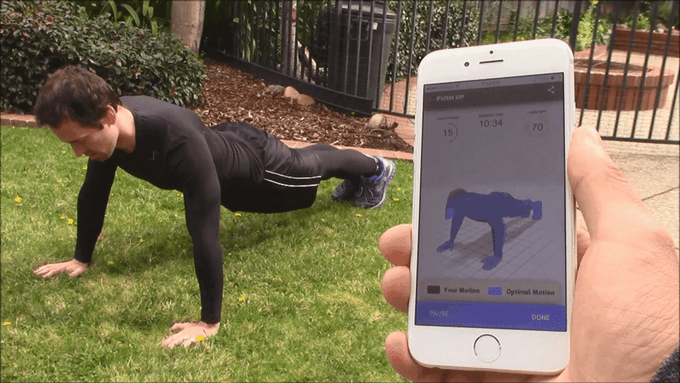
Want to know more about Internet of Things? Then read our previous post on the subject!


